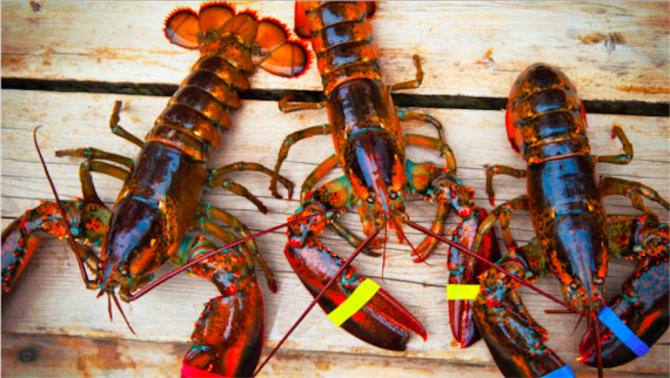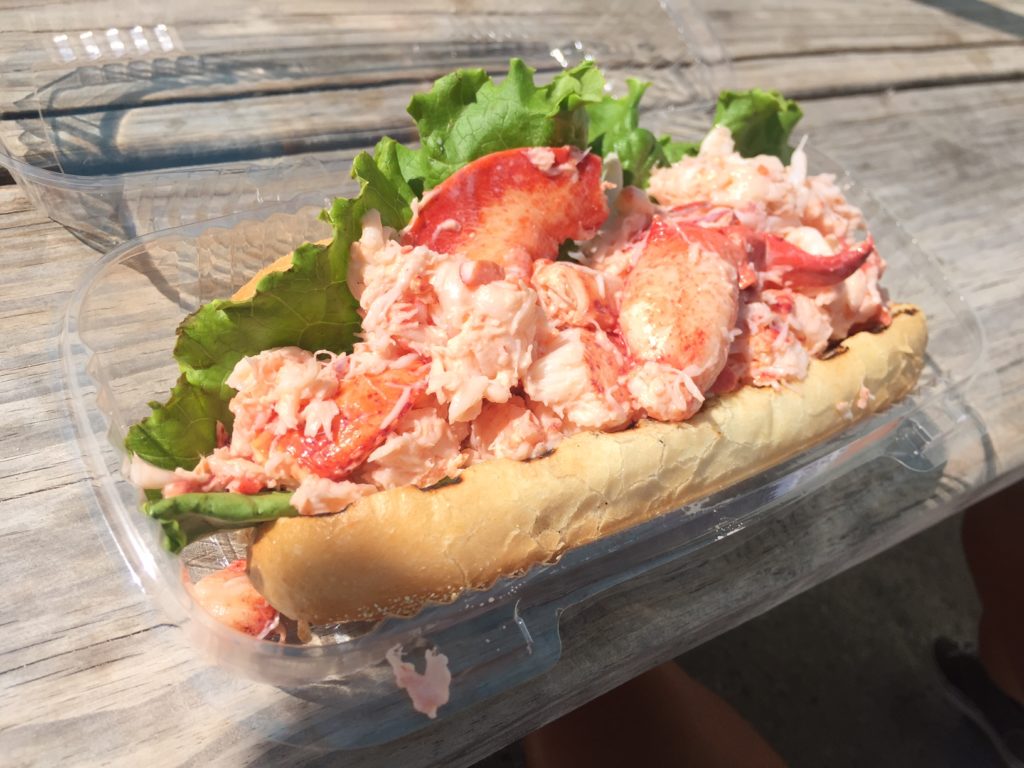I recently vacationed in Maine, where I basically had lobster every day for every meal. We were sitting at the table and someone cracked their lobster and green goo (also known as tomalley) started spilling out of the head. The waitress saw this and then proceeded to tell us that the goo was the most flavorful part of the lobster.
We then had an in-depth discussion about which part of the lobster we each thought the green goo was coming from. I originally thought it was the lobster’s brain, but it turns out that it is the lobster’s liver and pancreas. While those organs may be tasty, they should not be consumed because they may contain toxins that were originally filtered out from the lobster’s body.

Photo courtesy of gizmodo.com
In 2008, the FDA warned consumers to steer clear of tomalley because of an algae bloom that carried toxins that cause paralytic shellfish poisoning. There have not been more warnings about it since then, but if it happens once, it can happen again.
This does not necessarily mean that if you eat the green goo you will definitely get sick, it is just better to be safe and avoid it. Native Mainers consider the tomalley a delicacy, but since the ocean is becoming more and more polluted, who knows what kind of toxins could be lurking in the goo. If you want to avoid the goo all together, check out these foods in Maine that aren’t lobster rolls.

Photo by Elise DeVoe
Luckily, even if the tomalley is toxic, the meat is still safe to eat. As long as you do not purposefully eat all the green goo, you’re good to go. That being said, you can still stuff your face with all the lobster rolls you can handle (insert sigh of relief).


